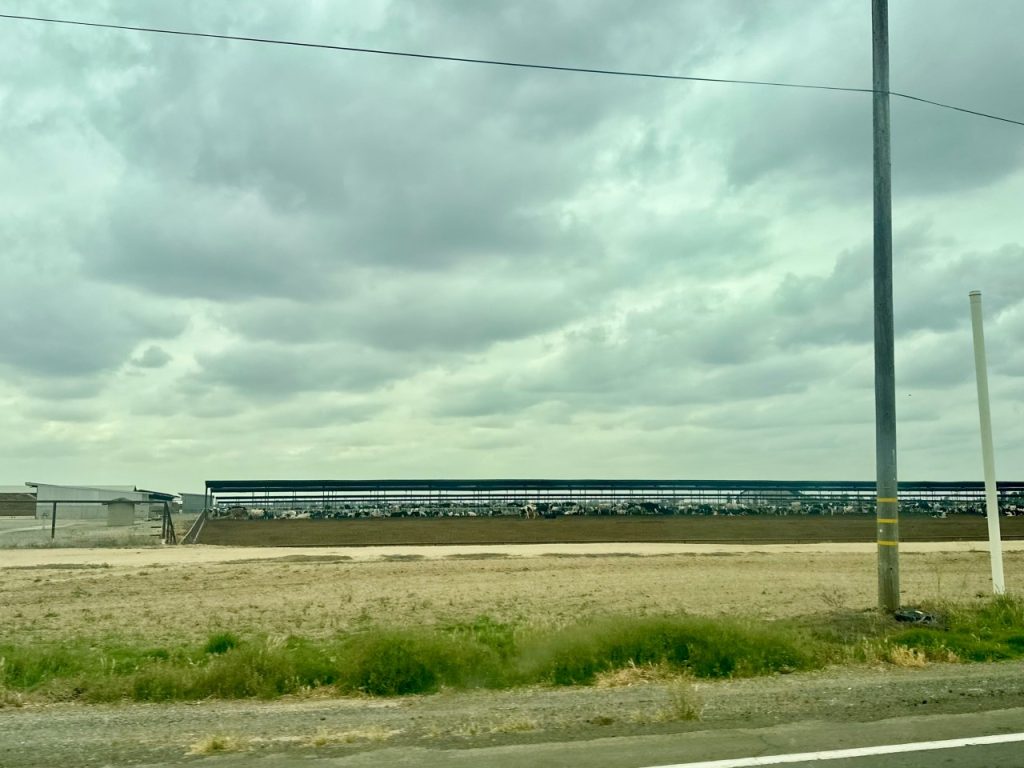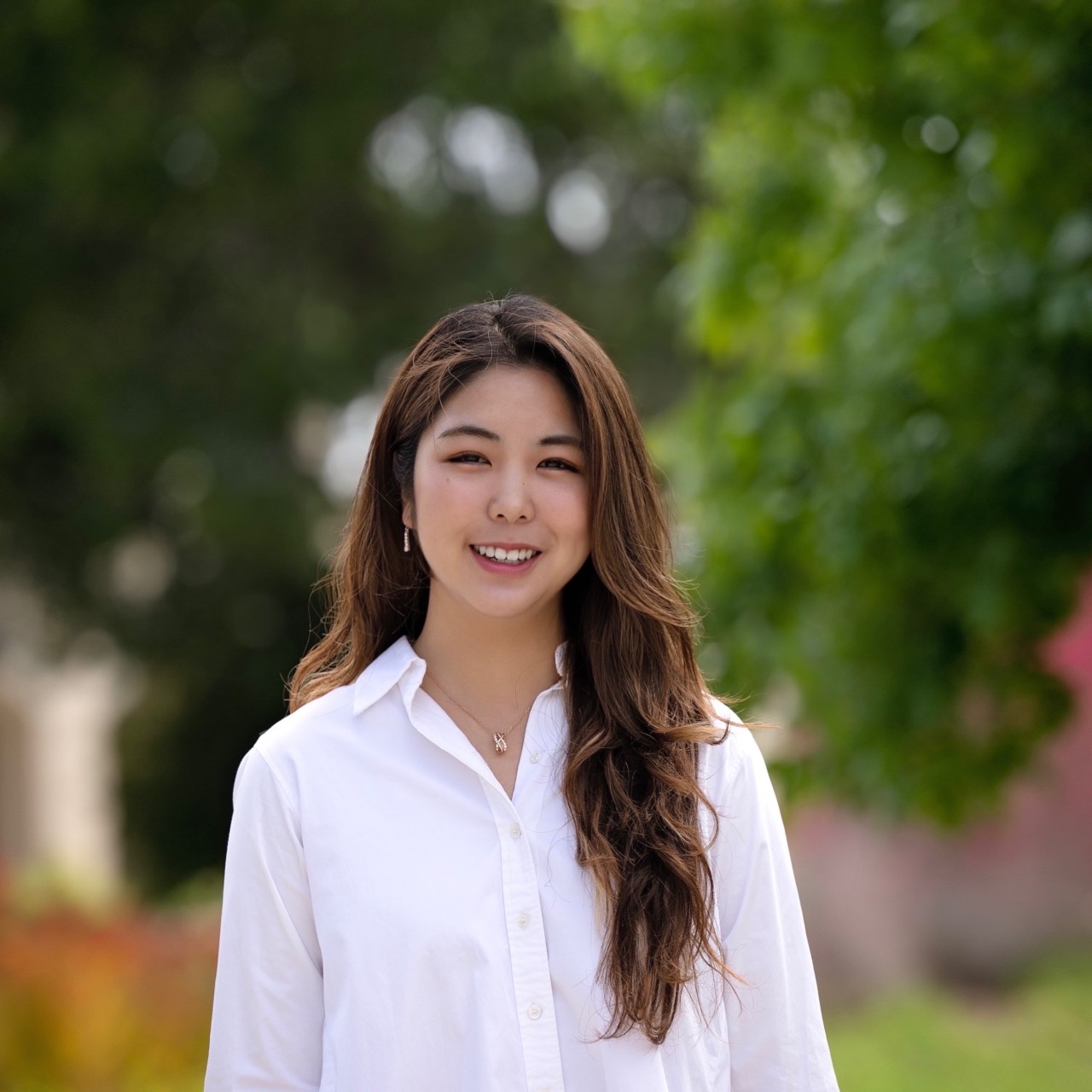
On hot afternoons in Pixley, California, the air turns sour. The dry wind carries a sharp sting of ammonia, mingling with the scent of manure and dust that drifts in from nearby dairies. Maria, a grandmother and lifelong resident of this small town in the San Joaquin Valley, keeps her windows closed and her grandchildren indoors. “We’re fighting for our health,” she says. “But there’s nowhere else to go.”
Maria’s story is not unique. In Pixley, over two dozen large dairy operations, known as Concentrated Animal Feeding Operations (CAFOs), surround a town of about 4,000 people. Now, amid growing complaints and worsening air quality, residents are beginning to take matters into their own hands. In the absence of official oversight, community groups have started deploying low-cost air sensors near schools and homes—a grassroots effort to collect the data that regulators have failed to provide. At the same time, state-funded methane digesters, long promoted as climate solutions, are facing new scrutiny, with evidence suggesting they may be intensifying ammonia emissions in towns like Pixley.
Nearly 90 percent of California’s 1.7 million dairy cows are packed into the San Joaquin Valley, producing not just milk, but massive quantities of waste. As that waste decomposes, it releases pollutants including ammonia, methane, and fine particulate matter (PM2.5) into the air. But unlike power plants or refineries, these industrial-scale operations often go unmonitored. With no public air sensors and a spotty enforcement record, dairy emissions have been allowed to accumulate largely unchecked.
The consequences are serious. Ammonia, which escapes into the air as manure breaks down in open lagoons or is sprayed across fields, reacts with other pollutants to form PM2.5, a microscopic airborne particle that can enter the bloodstream. Exposure has been linked to asthma, heart disease, and early death. In a region already struggling with some of the worst air quality in the country, farmworker communities like Pixley are especially vulnerable. Many live and work within a few miles of multiple pollution sources yet have little access to real-time air quality data or meaningful legal recourse.
“Pixley is a beautiful place, so often residents are tricked into thinking there are no environmental problems,” says Leslie Martinez, a community advocate with the Leadership Counsel for Justice and Accountability, who was born and raised in Pixley. “But if you look at the schools, where kids are surrounded by dairies sprayed with pesticides, the dangers are right there.”
Dairies have become dominant forces across Tulare County, including in towns like Pixley, which is protected by California’s Right to Farm Act—a law that limits residents’ ability to file nuisance complaints against agricultural operations. In this legal landscape, the proximity between industrial farms and residential neighborhoods is not just tolerated, but institutionalized. According to Martinez, these dairies consume significant amounts of water and rely on feed
crops often grown with pesticides, contributing to the chemical load in the local air. At Pixley Elementary, students are boxed in on all sides—by dairy operations, feedlots, and orchards—each a source of pollutants that drift into classrooms and lungs.
But the impact doesn’t stop at the schoolyard. The same environmental pressures that endanger children also affect the workers who keep the dairies running. Many dairy workers are undocumented or on temporary H-2A visas, laboring through 12-hour shifts in operations that run 24/7. “We want to speak up for the communities who can’t speak up for themselves,” says Leana Barnes, a local organizer and health worker. Respiratory issues are widespread. “Asthma runs in my family,” Maria shares. “We have to use inhalers all year round. My grandson has to carry an EpiPen.” Yet there’s only a few medical clinics in town, and for many, access to care is limited or non-existent.
Although California passed Senate Bill 700 in 2003 to eliminate a longstanding exemption shielding agriculture from air permitting laws, enforcement remains thin. The San Joaquin Valley Air Pollution Control District, which oversees eight counties, has issued permits to some dairies—but many continue to operate without them or fall into regulatory gray zones due to weak oversight. Even for permitted sites, compliance is largely honor-based, relying on self-reported emissions data with little funding for on-site verification. This limited enforcement power is further constrained by the state’s Right to Farm Act, which makes it difficult for residents to pursue nuisance claims, even when they’re impacted by unpermitted emissions. Together, analysts say, these policies create a regulatory environment where dairies can operate with minimal accountability, and pollution burdens shift onto nearby communities without clear avenues for recourse.
“It’s a system built to look the other way,” says Amanda Zerbe, an environmental lawyer who has studied the region’s enforcement gaps. “The rules are there, but they’re inconsistently applied. Agencies don’t have the resources—or sometimes the will—to enforce them. And without monitoring, there’s no way to hold polluters accountable.”
There are no air monitors in Pixley. Residents have repeatedly called for sensors to be installed near major emission points, especially close to manure lagoons, digesters, and large CAFOs, but their requests have gone unanswered. Even the state’s Environmental Justice Advisory Council has been unresponsive. “They say putting plastic over the lagoons will stop the smell,” one resident remarked bitterly. “Then they donate to the park and act like the problem is fixed.”
Some recommendations suggest that monitors be placed on the west side of town, where residents live downwind from large dairy clusters, and near public spaces like schools, the library, and parks—sites with consistent foot traffic and community interest. “We should be monitoring both sides of the 99 freeway,” Martinez adds. “People live and breathe this air on both ends of town.”
Maria lives just a few hundred feet from the Calgren digester, a methane recovery system connected to a nearby dairy. While these systems are promoted as climate solutions, they have introduced new concerns. “You can smell it from inside the house,” Maria says. “It’s stronger than before. You know something’s off.” Scientific studies support her intuition: digesters can concentrate ammonia emissions if not managed carefully, especially during biogas combustion or digestate application.
The stories from Pixley don’t appear in glossy climate tech brochures or economic reports celebrating California’s dairy exports. They live in quiet routines—windows sealed in 100-degree heat, parents buying air purifiers instead of groceries, kids missing school because their asthma flares after recess. And behind every story is a simple question: Why hasn’t anyone done anything?
“It’s because we’re invisible,” Maria says. “Because we’re farmworkers, immigrants, people of color. Because we don’t have the power.” She pauses, then looks out the window. “But we’re still here.”

